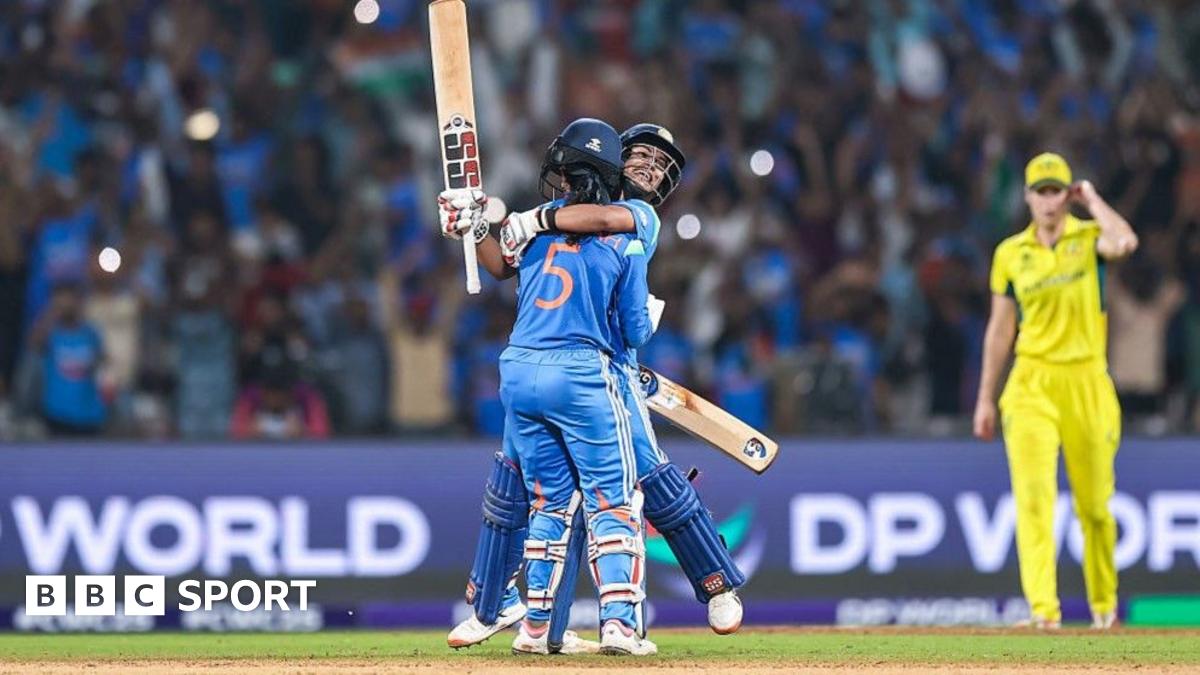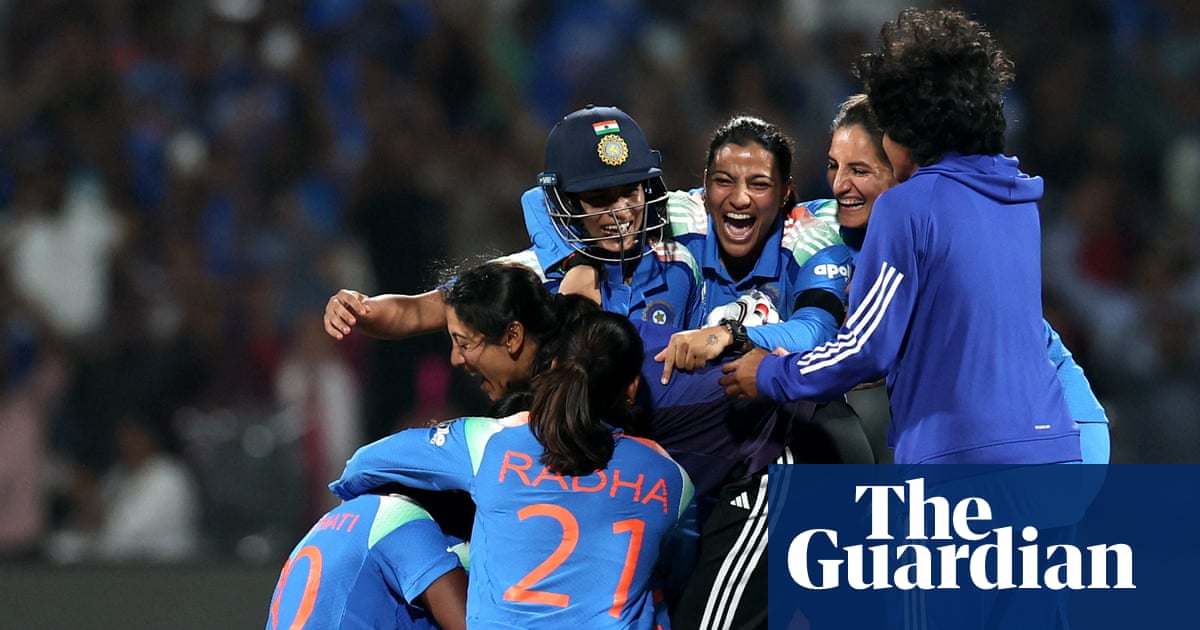Experts call for mandatory neck protection across all levels of cricket following death of Ben Austin
Cricket bats adorned with caps and helmets are decorating front porches across east Melbourne to commemorate a teenager who was fatally struck by a ball on Tuesday.Ben Austin was training at a Ferntree Gully park when a "wanger" — a ball throwing device — propelled a cricket ball into his neck.The 17-year-old was taken to hospital and died on Thursday.The scene of the accident, the Wally Tew Reserve cricket nets, transformed into a shrine as mourners paid tribute to the keen cricketer.Mourners flowed in and out throughout the afternoon, leaving behind cricket shirts, bats and flowers.Ben was wearing a helmet but not a neck guard when he was hit, sparking concerns around the lack of safety gear among young cricketers, despite mandates.Echoes of Phil Hughes tragedyPeter Brukner worked for the Australian cricket team when Phillip Hughes died after a cricket ball struck his neck during a match in Sydney in 2014.The injury damaged the vertebral artery leading to the brain, damaging the lining of the artery and resulting in a brain haemorrhage.The coronial inquest into Hughes's death led to more research into neck protectors that were then mandated by Cricket Australia in 2023-24 for batters facing fast or medium pace bowling, with some exceptions for slow bowling.In 2019-20, Cricket Australia also mandated British-standard helmets when batting, wicket-keeping up to the stumps and fielding close to the batter, during its competitions and training sessions.But experts have flagged that Ben's death highlights that community sport is falling through the cracks, with little oversight over junior players for whom helmets and neck protection are mandatory.Meanwhile, senior players are excluded from mandates, with Cricket Australia only strongly recommending helmets and neck protection.Dr Brukner said although cricket was a relatively safe sport and serious injuries and deaths were extremely rare, neck guards needed to be mandated across all levels of cricket to ensure safety.He said exceptions should not be made for slow bowlers who could still reach speeds of up to 100 kilometres per hour."The helmet has been a huge step forward in protecting the head; that's only left the neck vulnerable," he said."Since Phillip Hughes's incident, we like to think the neck guard reduced the impact of that."But Dr Brukner said although players, especially on a professional level, generally wore the correct gear during competitions, they were often "blasé" during training sessions."This is the third death [in the last 30 years] and two of them have been at training, so I think that sends a message that at all times if you're going to be batting to a ball that's being thrown to you in whatever way, you need to wear a helmet with a neck guard," Dr Brukner said.Focus turns to safety in community sportDeakin University senior lecturer and cricket coach Simon Feros said Ben Austin's death proved that safety gear needed to be mandatory during training as well as during games for both seniors and juniors in community sport.He said helmets and neck guards in cricket should be non-negotiable and on par with mouth guards in football and shin guards in soccer."If you don't have the correct helmet and the club cannot provide you with the correct helmet, you should not be allowed to bat, wicket-keep or field in close," Dr Feros said.Match umpires or captains are responsible for ensuring that players are complying with the guidelines, but do not need to check that the helmets are of the required standard, according to Cricket Australia guidelines.But Dr Feros said the guidelines were convoluted and added to the workload of already-stretched umpires, coaches and captains.He said umpires rarely checked players' compliance, particularly during junior training sessions."You're really relying upon the umpires to know them inside-out, off the top of their head and to follow them alongside other guidelines around how the game should be played," he said."We need [the guidelines] to be as simple as possible because the people who are umpiring are generally mums and dads."Dr Feros said he hoped Ben's death compelled clubs to take preventative steps to prevent similar incidents in the future."Community cricket clubs, the committees, should be doing a stocktake of all the helmets in their kit bags to make sure they've all got neck protectors," he said."If they don't, go buy one and attach it to the helmet, or get rid of it."Cricket Australia chair Mike Baird said there were clearly lessons to be learnt but his current concern was supporting the Austin family.












